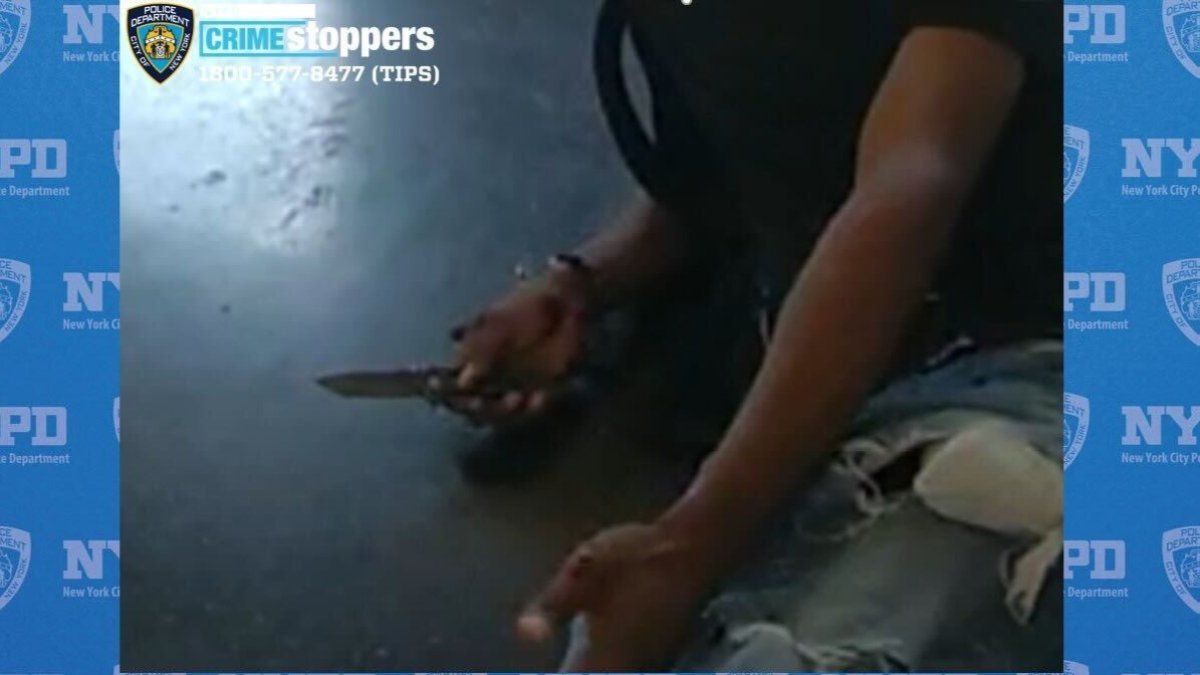This likely means that the knife never existed in the first place, and was made up by the cops in order to justify shooting into a crowd.
A little background on the NYPD and firearms
Back when most departments were transitioning from revolvers to semi-auto, NYPD held on to revolvers for quite a while. Their revolvers used double action triggers, which means pulling the trigger both rotates the cylinder and also cocks the hammer. This means the trigger pull is long and heavy, you have to pull it a long distance back and with a good amount of force.
With pistols, the longer distance you have to pull the trigger and the harder you have to pull, the less accurate you are. Pulling the trigger moves your hand and puts force on the gun itself which can throw off your aim.
Many officers would ‘pre stage’ the trigger, pulling it halfway back to an indent where the pull gets slightly harder. This is a horrible practice that no one should ever do, because it means you might unintentionally discharge if you get jostled, but it made them more accurate when it came time to actually fire so they kept doing it. NYPD didn’t train it out of the officers even though it is against virtually every firearm guideline.So then the department switched from revolvers to semi-auto pistols, mainly for the magazine- average semi-auto pistol holds 17 rounds, revolver holds 6. But they used striker fired pistols- these guns have a shorter, lighter trigger pull as the only thing the trigger does is move a catch to release already stored spring tension into the firing pin. That can make you much more accurate because the force of pulling the trigger moves your aim off, so less force needed to pull the trigger means more accuracy.
Problem was, a lot of officers had muscle memory from years or decades of carrying the double action revolver so they would try to pre-stage the trigger. And that would of course fire the gun when they didn’t want to.
NYPD’s solution to this was to simply make the trigger on their semi-autos really really really hard to pull. They had a custom spring designed that increased the trigger force- a semi-auto usually requires about 4-6 pounds of force to pull the trigger, they put a 12 lb spring. That allowed the officers to apply pre-stage force from their revolver days without discharging the weapon. Still absolutely horrible practice, but this stopped the unintentional discharges.
This had the side effect of course of making the guns relatively inaccurate. When you have to squeeze the trigger with that much force, it throws your aim off. And especially when you are in an emergency situation and adrenaline is pumping, it’s hard to shoot accurately when you need to pull that hard. But it stopped the unintentional discharges so they went with it, since the force had a lot of old-timers.
And, for a very long time, they kept issuing these 12lb trigger guns even to new recruits, many of whom had never fired a gun before and could be easily trained to use a standard trigger with proper trigger discipline. So now THOSE officers were accustomed to 12lb triggers.
For the record, no other police department in the nation did this. Every one of them transitioned from revolvers to semi-autos without much problem, because they did not tolerate bad trigger discipline to begin with. And while some recommend a slightly stiffer trigger than the stock trigger, NYPD is literally the only one with a 12 lb trigger.
It wasn’t until 2021 that NYPD started to back off, and started issuing new recruits weapons with ‘only’ 8lb trigger springs. That is still fairly high, but those 4 lb less makes it a lot easier to shoot accurately.
Point of all this– When I hear that NYPD is shooting multiple bystanders, I’m not surprised. Unless those officers first hit the streets in the last couple of years, they are still using the 12 lb trigger and it’s not surprising they have shit accuracy and are shooting bystanders.
It’s a problem of NYPD’s own making though.
The funny thing is you know they have searched every subway station in the area and can’t find a single knife


